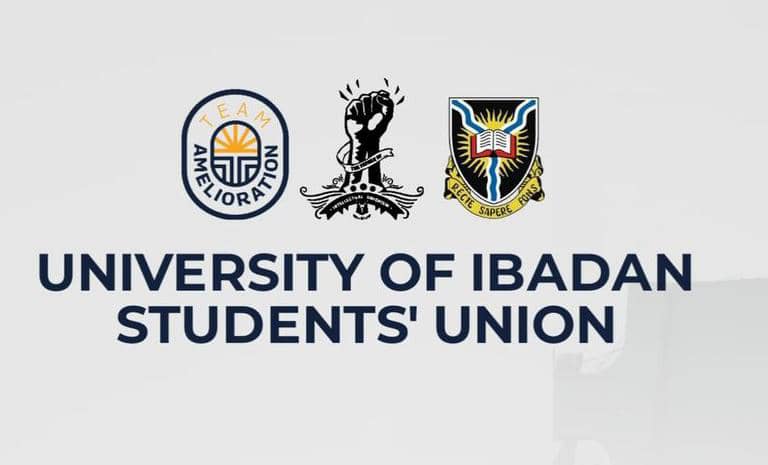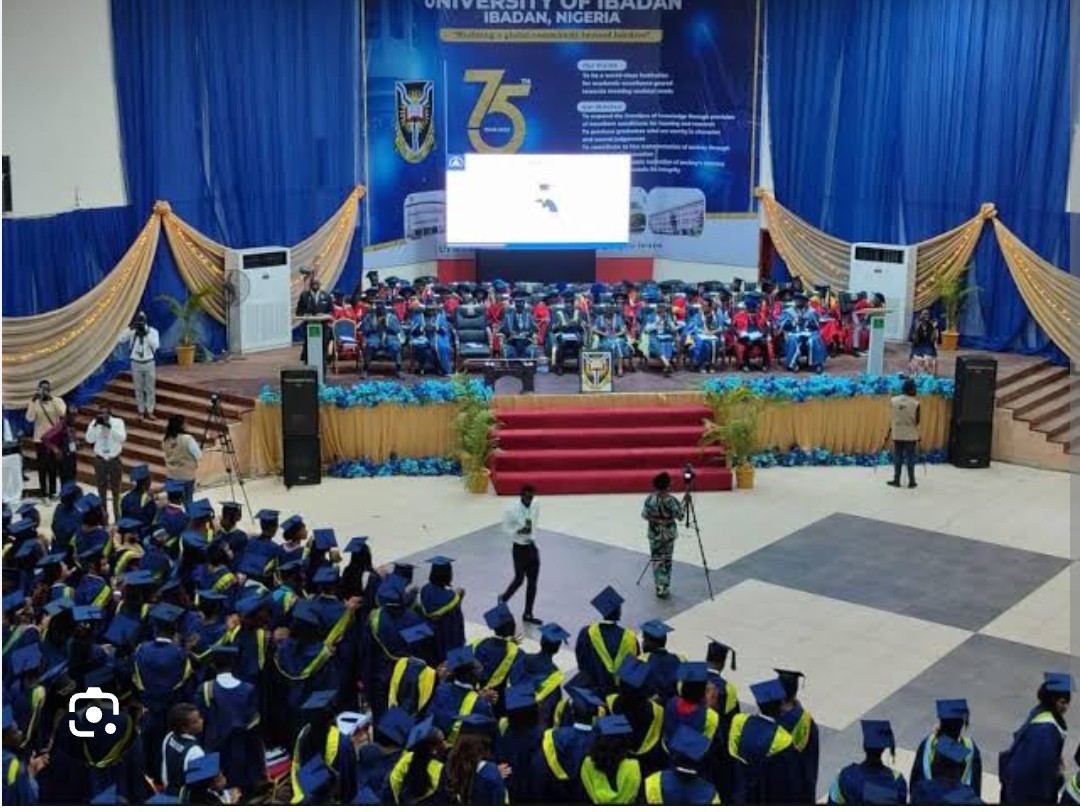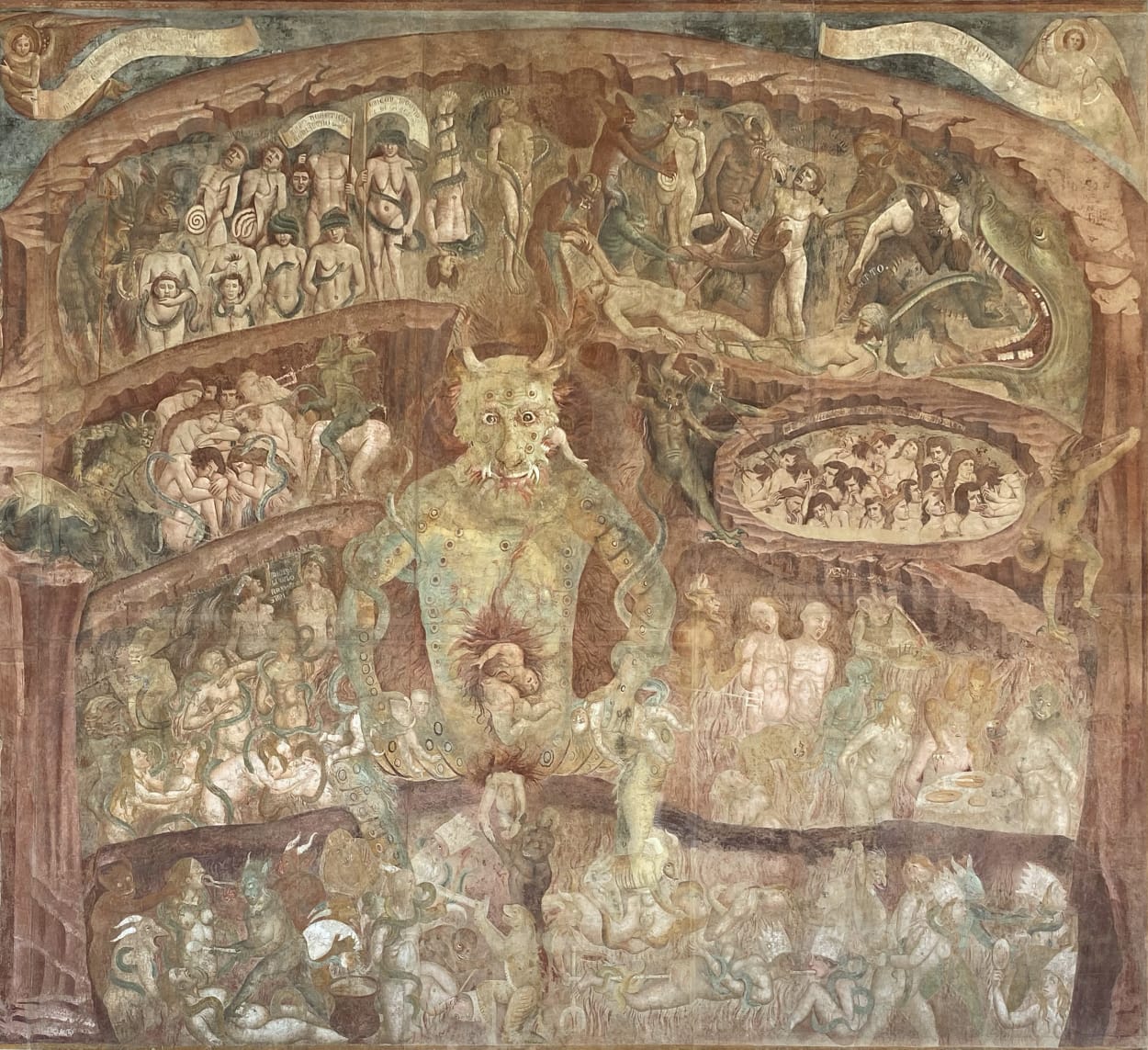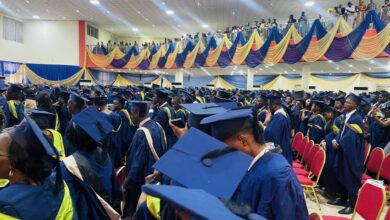Clinical Sciences: The Faculty That Never Was
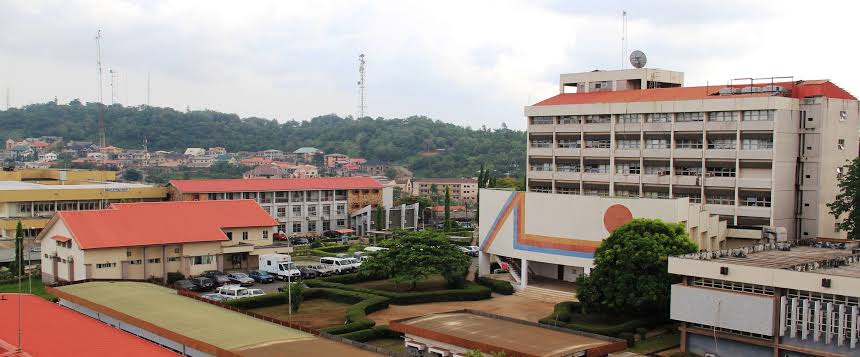
On the 20th of June, 2024, students of the Department of Nursing at the University of Ibadan were overjoyed to hear that they had finally separated from clinical sciences and had now become faculty. To an outsider, this should be a given, because Nursing students, unlike the other departments under the faculty of clinical sciences – Medicine and Surgery and Physiotherapy, have their department on the main school campus instead of the College hospital campus. This is not entirely ideal, as these students have to shuttle from UI to UCH when they have to go for postings. The university does provide transportation, but this is only sometimes the case. An excellent example is during the last break; Nursing students were required to spend most of their break doing their IT at University College Hospital (UCH).
Due to the irregular schedule of these postings, most students go to UCH and leave at separate times, making official transport arrangements from the school difficult. However, their expansion as a faculty does not change any of this, as according to the outgoing Head of Department, Prof. Prisca Adejumo, the main purpose of the expansion was to solve the problem of adequate learning environment for the students in Postgraduate Diploma in Nursing (PGDN) and Open and Distance Learning mode.
How these Faculties came to be
The Faculty of Clinical Sciences has its roots in the founding of the University of Ibadan in 1948. It started as the Faculty of Medicine, one of the three original faculties alongside Arts and Science. The Faculty of Medicine began with ten foundation departments: Surgery, Medicine, Obstetrics and Gynaecology, Preventive and Social Medicine, Pathology, Bacteriology, Anaesthesia, Physiology, Anatomy, and Clinical Biochemistry. Over time, the faculty evolved and expanded. The Department of Nursing joined the faculty in 1965, followed by the Department of Physiotherapy in 1966/1967. This expansion reflected the growing recognition of these disciplines as integral parts of medical education and healthcare delivery.
Prior to the recent restructuring, the Faculty of Clinical Sciences consisted of three central departments: the Departments of Physiotherapy, Nursing, and Medicine and Surgery. This structure allowed for interdisciplinary collaboration while maintaining the distinct identities of each field. The evolution of the faculty structure at the University of Ibadan is not unique to Clinical Sciences. In 2017, the Department of Economics split from the Faculty of Social Sciences to become its own faculty. This change highlights the dynamic nature of academic disciplines and the need for universities to adapt their organisational structures to reflect evolving fields of study.
The Economics example is particularly illustrative of how traditional faculty categorisations may not always align with the current nature of academic disciplines. While economics is traditionally considered a social science, its increasing reliance on advanced mathematics and quantitative methods has set it apart from other social science fields. This shift led to the creation of the Faculty of Economics and Management Sciences, which better reflects the discipline’s dual nature as a social and management science.
These changes raise important questions about the need for periodic reassessment and restructuring of faculty organisations within the University of Ibadan and other institutions of higher learning. Such reevaluations ensure academic structures remain aligned with the evolving nature of disciplines, foster interdisciplinary collaboration, and improve administrative efficiency.
The restructuring of faculties also reflects broader global trends in higher education, where universities adapt to meet the changing demands of students, employers, and society. By creating more specialised faculties, universities can offer more focused and relevant programs, attract top talent in specific fields, and improve research output and funding opportunities. For example, there is a faculty of economics in top foreign universities like the University of Cambridge.
A house divided…
“A house divided against itself cannot stand.”
Abraham Lincoln said that infamous line in his “House Divided” speech delivered on the 16th of June 1858. However, the line has deeper roots. The origins of this phrase can be traced back even further. The quote has its roots in the Bible, specifically in the Gospel of Mark 3:25, where Jesus states, “And if a house be divided against itself, that house cannot stand.”
One could argue that the ‘house of’ Clinical Sciences was/is divided. The students that identify with the departments under this faculty are not oblivious of the disunity. During the Provost’s Cup held last year in November, there was an altercation between nursing and medical students. The dispute started during the competition’s semi-finals after it was discovered that the female team of Nursing fielded 11 players throughout the competition as opposed to the 10 they were supposed to have. The nursing students did not take the disqualification well, as they took to their press organisation to voice their opinions in a poorly-worded open letter to the competition organisers. They claimed foul play and that they did not break any rules despite a thorough investigation conducted by the competition organizers. Some aggrieved players even accused the MBBS players of also fielding more than 10 — a quickly disproved claim.
However, this dispute could be traced back even further to a resentment that exists among the departments of the Faculty of Clinical Sciences. If anyone looks closely at the Faculty of Clinical Sciences, it becomes apparent that there is disunity in the faculty. For starters, the faculty is among the few in the University of Ibadan that operate without faculty executives. It is also one of the few faculties in the university that do not have a central press body but individual press organisation for the different departments under it. This situation posed a little problem in the last Professor Francis Egbokhare debate competition, which commenced in October 2023 and had its final rounds held in February 2024. In this competition, faculty and hall press organisations competed against each other in an Australasian-style debate competition. Seeing as the Faculty of Clinical Sciences did not have a press organisation, the eventual clinical sciences members included UIMSA and NUNSA press members with no representation from physiotherapy. Clinical Sciences eventually lost to the Faculty of the Social Sciences Students’ Association (FATSSSA) Press in the final round of the competition.
This situation begs a further question regarding representation in the faculty. This is because physiotherapy and nursing have fewer members than those in medicine and surgery. Their members could arguably be termed a minority in the context of representing the Faculty.
The first instance is the representation in debate competitions. Clinical Sciences, a debate constituency, is part of the ABH Literary and Debating Society. However, as nursing students do not reside in ABH, they cannot join the Alexander Brown House society and, as such, do not join the Clinical Sciences Literary and Debating Society. This has led to so many good speakers being unable to speak for their faculty for a reason as trifle as their hall of residence.
Moving on to football competitions. Before the start of the last interfaculty games, members of the Department of Nursing asked for a match between the male teams of Medicine and Surgery and Nursing to determine which team represents the faculty at the competition. This situation could be seen as further proof of the disunity between the departments. The game ended 7 – nil, with the Nursing team losing to the student doctors. Interestingly enough, another dispute between the female teams arose again during that competition when the Faculty of Clinical Sciences were knocked out by the Faculty of Education. This time, the issue was that the team representing Clinical Sciences in the competition was a merged team of Nursing and Medicine and Surgery students.
The medical students arrived at the game late because the bus that was supposed to pick them up from ABH arrived late, so they got to the venue late. However, when the Brownites got to the game, they discovered that the few players available from Nursing had started without them and were losing to Education by three goals at half-time. This led to a disagreement between the two different sides of the team, with one side (Nursing) blaming the Medicine and Surgery girls for coming late and the other (Medicine and Surgery) blaming the Nursing girls for starting without them.
All of these disputes and disunity point to one obvious question. Would the Faculty of Clinical Sciences be better off if the split continued and the current Faculty of Clinical Sciences split further into two more faculties? Given the precedence of the faculty of Economics, it would pave the way for further growth of these individual faculties, especially those that would be described as a smaller faculty. Ultimately, the decision to restructure should be based on a thorough analysis of the potential impacts on education quality, research output, and student experience. It is essential to balance the benefits of specialisation with the need for interdisciplinary collaboration in healthcare education.
